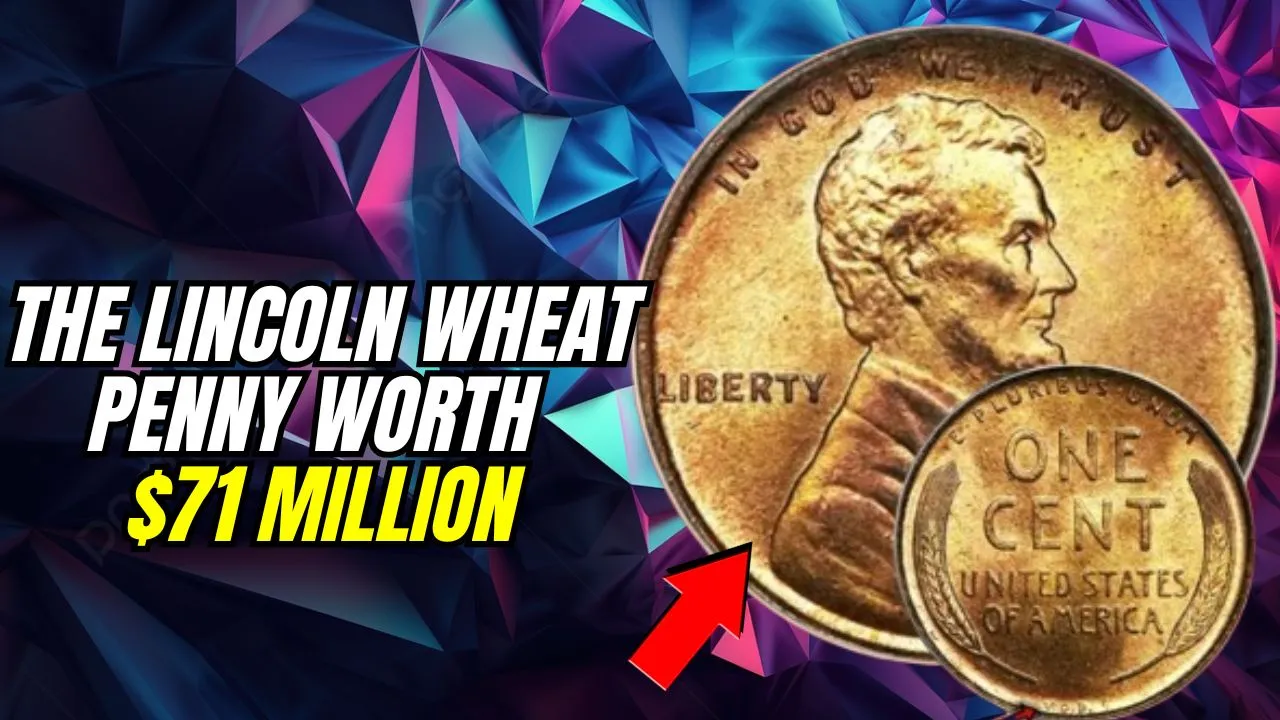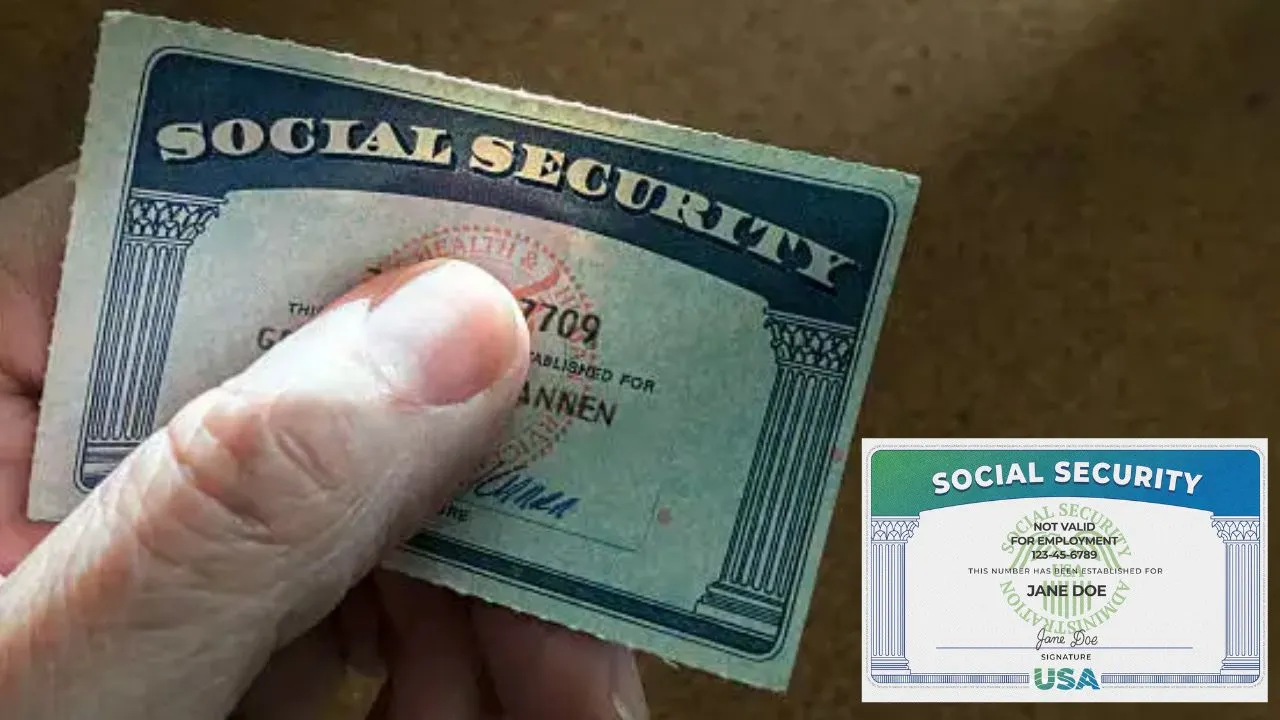The Lincoln Wheat Penny is an iconic piece of American history that once circulated in the pockets of everyday citizens. Though millions of these coins were minted from 1909 to 1958, one particular version stands out—the 1943 copper Lincoln Wheat Penny. This unassuming coin, born from a rare minting mistake during World War II, is valued at an unbelievable $71 million.
Could this rare penny be hiding in your old coin collection or even in loose change? In this article, we’ll explore the fascinating history of the Lincoln Wheat Penny, uncover why the 1943 copper version is so valuable, and show you how to identify if you’ve struck gold in the world of numismatics.
Overview Table: Lincoln Wheat Penny Highlights
| Feature | Details |
| Introduced | 1909, to honor Abraham Lincoln’s 100th birthday |
| Design | Obverse: Lincoln’s portrait; Reverse: Two wheat stalks |
| Years in Circulation | 1909–1958 |
| Rare Version | 1943 Copper Lincoln Wheat Penny |
| Rarity Cause | Accidental use of copper instead of steel during World War II |
| Record Value | $71 million |
| How to Identify | Copper’s reddish tone (not gray like steel); date must read 1943 |
| Collector’s Interest | Extremely high due to scarcity, history, and unique production error |
The Birth of the Lincoln Wheat Penny
The Lincoln Wheat Penny was first minted in 1909 to commemorate the 100th birthday of President Abraham Lincoln. It replaced the Indian Head cent, which had been in circulation for nearly half a century. The design, created by Victor David Brenner, featured Lincoln’s profile on the obverse and two wheat stalks on the reverse, symbolizing America’s agricultural roots.
This was the first U.S. coin to feature a real person instead of an abstract symbol or representation. Its introduction marked a shift in how the United States celebrated its leaders through currency, making the penny a historic and sentimental piece for Americans.
What Makes the 1943 Copper Lincoln Wheat Penny So Special?
During World War II, copper became a critical material for war efforts, leading the U.S. Mint to produce pennies from steel coated in zinc in 1943. These coins had a silvery-gray appearance and stood out from the traditional reddish-brown copper pennies.
However, a rare error occurred: a small batch of pennies was accidentally struck using leftover copper blanks instead of steel. These copper pennies were never intended to exist, making them incredibly rare.
With only a few known specimens of the 1943 copper penny in existence, they have become a symbol of perfection in error coins. Their scarcity, coupled with their historical significance, makes them highly coveted by collectors and investors alike.
Why Is the 1943 Copper Lincoln Wheat Penny Worth $71 Million?
The jaw-dropping value of the 1943 Copper Lincoln Wheat Penny can be attributed to several key factors:
- Extreme Rarity: Only a handful of these coins were mistakenly minted, and even fewer have survived to this day.
- Mint Condition: The most valuable 1943 copper penny is in pristine condition, a key factor in its $71 million valuation.
- Historical Context: Produced during a pivotal time in history, these coins carry a unique story from the World War II era.
- Collector Demand: Serious coin collectors are willing to pay millions for the prestige of owning such a rare piece.
These factors combine to create one of the most sought-after and expensive coins in the world.
How to Identify a 1943 Copper Lincoln Wheat Penny
If you suspect you might have a rare 1943 copper penny, here’s how you can tell:
- Examine the Color: Copper pennies have a distinct reddish-brown color, while steel pennies from 1943 are gray and magnetic.
- Check the Date: Ensure the date on the coin reads “1943.” Other copper pennies from different years are less valuable.
- Professional Appraisal: If your penny matches the description, consult a numismatist or coin expert to confirm its authenticity and value.
Many collectors rely on professional evaluations because counterfeit versions of the 1943 copper penny are unfortunately common.
Other Valuable Lincoln Wheat Pennies
While the 1943 copper penny takes the spotlight, other Lincoln Wheat Pennies are also worth significant amounts due to rarity or unique minting errors:
- 1909-S VDB Penny: This first-year release has a limited mintage and can be worth thousands, especially in good condition.
- 1944 Steel Penny: Another wartime error, this coin is an inverse of the 1943 copper penny—a steel penny minted in a year when pennies were supposed to be made of copper.
- 1955 Doubled Die Penny: Known for a striking error where the date and lettering appear doubled, this coin is a favorite among collectors.
Even if you don’t have the famous 1943 copper penny, other Lincoln Wheat Pennies could still be hiding in your collection and carry significant value.
Are 1943 Copper Pennies Still in Circulation?
Technically, yes—the 1943 Copper Lincoln Wheat Penny is still considered a circulating coin. However, due to its extreme rarity, the odds of finding one in your pocket change are astronomically low. Most of these coins are now in private collections or have been sold at high-profile auctions.
That said, collectors have found valuable coins in the most unexpected places. It’s always worth checking old coin jars or inherited collections for hidden treasures!
FAQs
1. Why is the 1943 copper penny so valuable?
The value comes from its rarity, as it was an unintentional minting error during World War II.
2. How can I tell if I have a 1943 copper penny?
Copper pennies are reddish-brown, unlike the gray steel pennies from 1943. You can also consult a coin expert for confirmation.
3. Are steel pennies from 1943 worth anything?
While steel pennies are not nearly as rare as their copper counterparts, they can still hold some value for collectors in high-grade condition.
4. How many 1943 copper pennies exist?
Only a handful of authentic 1943 copper pennies are known to exist, making them extremely rare.
5. Where can I sell rare coins?
You can sell rare coins at auctions, through numismatics dealers, or via reputable online platforms.
Final Thoughts
The Lincoln Wheat Penny, especially the legendary 1943 copper version, is a fascinating reminder of how a tiny mistake at the U.S. Mint can create a piece of history worth millions. Whether you’re a coin collector or simply someone with a jar of spare change, the story of this rare penny offers a glimpse into the extraordinary world of numismatics.
So, take a closer look at those pennies—you never know if you might have a hidden treasure. If this story sparked your interest, share it with friends or family who love history or collectibles. And who knows? You might just inspire someone to start their own coin-hunting journey!













